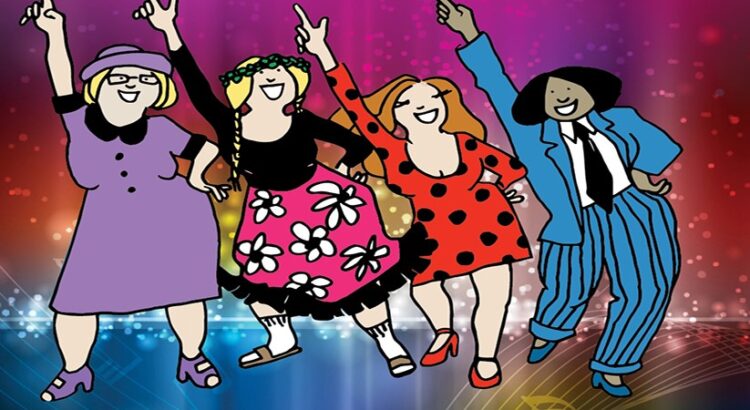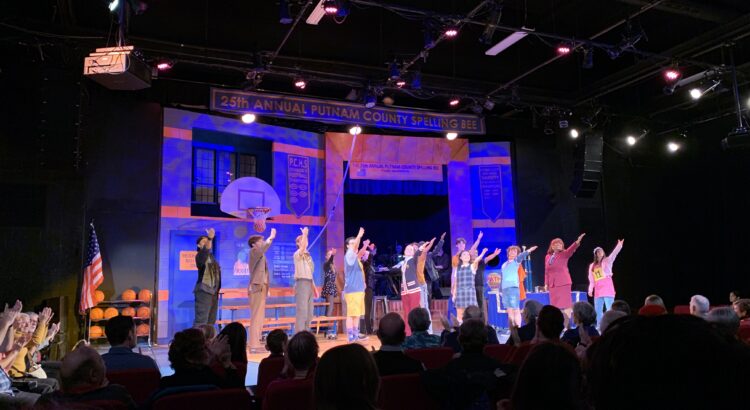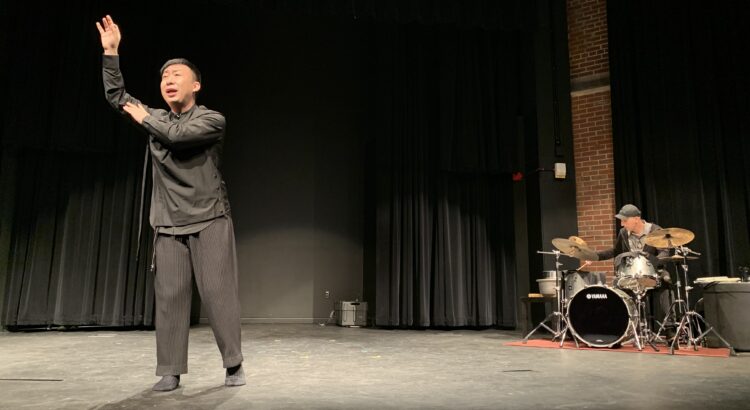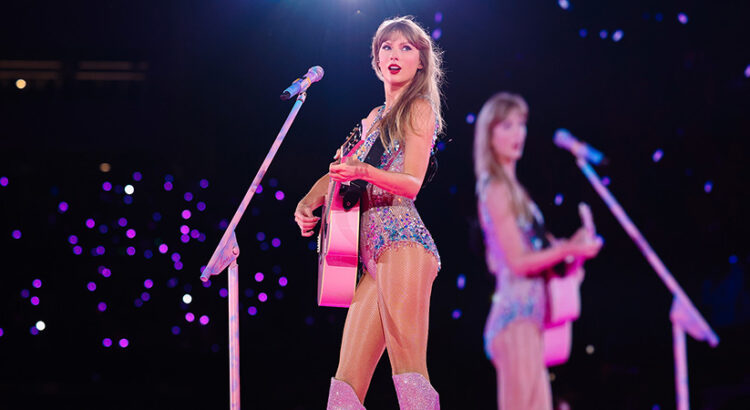Menopause the Musical is about four women who are, unsurprisingly, in menopause. They each have distinct backgrounds, such as being a housewife, a failing celebrity, a businesswoman, and a hippy. They meet at a mall while shopping and fighting over the lingerie on sale. Despite their differences, they soon after quickly bond over the changes taking place in their bodies, proving that all women can relate to one another during this difficult time in their lives.
Each of the actors perfectly embodied their characters’ personalities from the way they walked to their accents. There wasn’t a strong emphasis on dancing; instead, they focused on singing an interesting selection of music with a wide variety of genres ranging from In The Jungle, The Mighty Jungle to Y.M.C.A.
It was funny being one of the few, if not only, college students in a crowd of elderly white women. Obviously, Gen Z isn’t the target audience so I didn’t understand the references regarding menopause (e.g., memory loss and hot flashes), and didn’t resonate with the humor. However, the crowd certainly loved it and it felt like there was never a pause of laughter. In fact, I heard people talking about having watched different renditions of this same musical.
The venue was the Michigan Theater, in which I’ve only watched movies or orchestral performances. The stage was beautiful and the crew did an excellent job of making it look like a high-end shopping center. Unfortunately, the audio of the microphones wasn’t very loud or clear. The backtracks of the songs were often louder than the singers and that did take away from the experience.
To be honest, I wouldn’t watch this musical again and don’t recommend it. Although it was impressive and interesting to watch, the ticket was very expensive and wasn’t worth the cost. Still, if you’re intrigued you can give it a shot!







